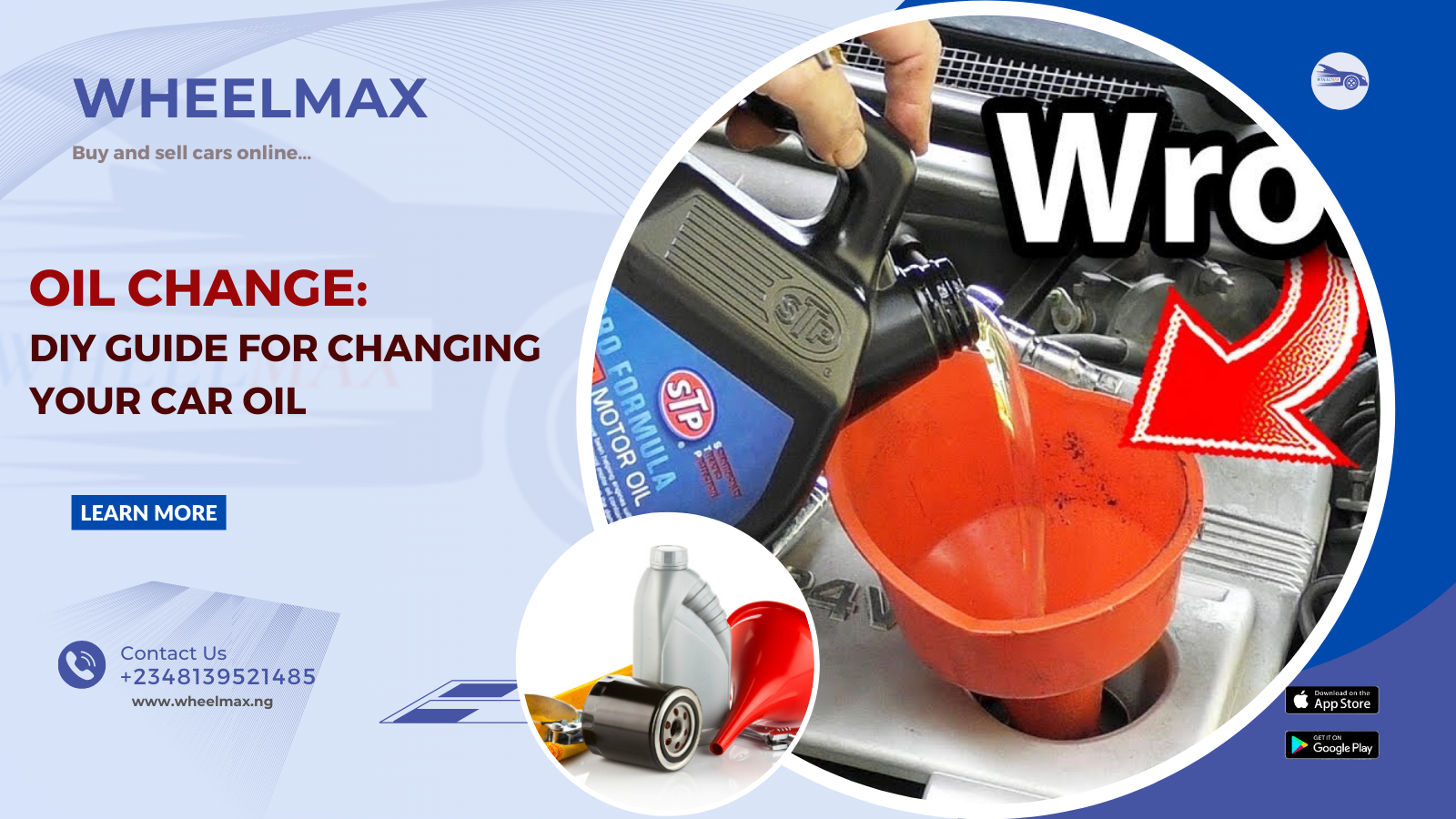Oil Change: Change Your Car's Oil Yourself in Nigeria: Save Money & Be Self-Sufficient!
Oil servicing is essential for keeping your car running smoothly on the road. Regular oil changes are a key part of preventive maintenance, ensuring your engine runs efficiently and lasts longer. But who says you need a mechanic?
This guide will show you how to change your car's oil yourself, saving you money and giving you a sense of accomplishment.
Gearing Up:
Before we dive in, here are some things to keep in mind:
- Oil Choice: Our(Nigeria) hot climate demands oil with the right viscosity. Consult your car's manual, but consider speaking to a mechanic or authentic parts supplier for specific recommendations. There are many good oil brands out there as well as many fake ones. Consider using full synthetic or semi-synthetic as they are much better for high mileage vehicles and last for a longer time before needing to be changed. Popular brands include:
- Mobil 1
- Fanfaro
- Idemitsu
- Valvoline
- Castrol, etc
- STP
- Finding Supplies: Finding the right oil filter and oil can be easier at mechanic workshops or dedicated auto parts stores. They might even stock specific brands suited for different car brands. You must use the correct filter to avoid leaks, reduced fuel efficiency, or increased wear and tear in your engine.
- Safety First: Rainy seasons can make things slippery. Park on a level, dry surface and ensure your car is secure before starting. It is recommended that oil changes be done in a service station with the correct equipment as this will make the process much easier and reduce the possibility of errors.
DIY Oil Change: Step-by-Step
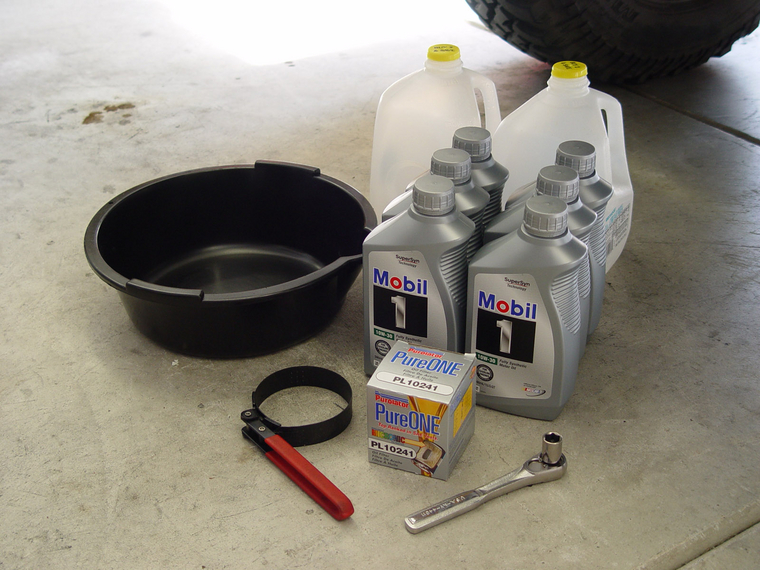
Now, let's get to the oil change itself! Here's what you'll need:
- Engine Oil and Oil Filter: As mentioned earlier, choose the right ones for your car and Nigerian conditions.
- Socket Wrench and Oil Filter Wrench: Sizes may vary depending on your car model.
- Drain Pan: Large enough to catch all the used oil.
- Funnel: This will help you to pour the oil into the engine and avoid spills during the refill process.
- Gloves and Rags: Protect yourself and clean up any messes. Oil can be difficult to wash off even with detergents. Use gloves to protect your hands from direct contact with oil. Oil coming out of the engine can be very hot too.
- Jack and Jack Stands (Optional): This will help you to lift the car securely from the ground and give you enough working room for the task. If your car doesn't have enough ground clearance. Refer to your owner's manual for proper jacking points.
Safety Reminders:
- Warm Engine: Run the engine for a few minutes to warm up the oil. Hot oil flows better, but be careful, if the oil is too hot you experience burns if you don't have the right protective equipment.
- Park on Level Ground: Parking on level ground will ensure that the oil flows out completely. Engage the parking brake for extra security before starting the task.
Draining the Old Oil
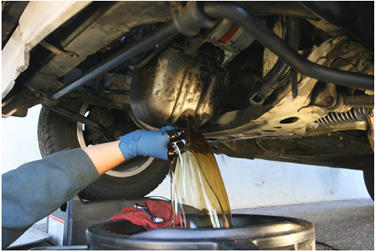
- Locate the Drain Plug and Oil Filter: Consult your owner's manual for their exact locations.
- Position the Drain Pan: Place it directly under the drain plug.
- Loosen the Drain Plug: Carefully use the wrench to loosen the plug and allow the oil to drain completely. Be patient – it can take several minutes.
- Replace the Drain Plug: Once drained, tighten the plug snugly with the wrench. Don't over-tighten or it may be too hard to loosen in your next oil change or it may also damage the bolts or the drain plugs leading to extra expenses.
Replacing the Oil Filter
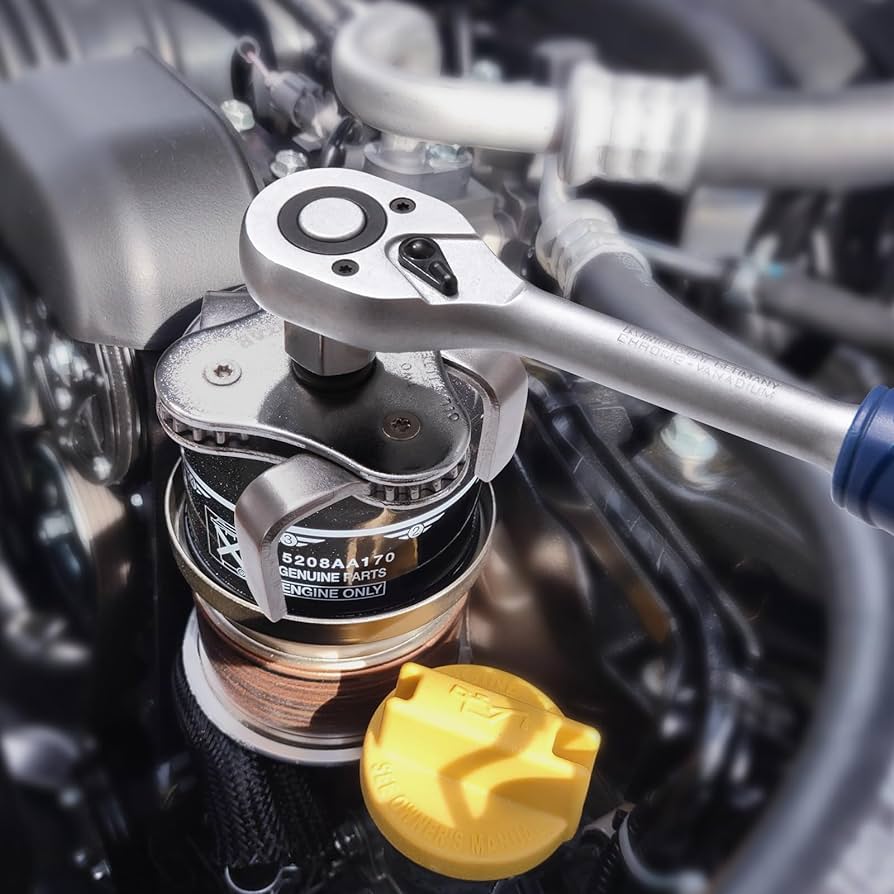
- Oil Filter Removal: While the oil drains, use the wrench to loosen and remove the old filter. Expect some residual oil to drip out. (NB: Avoid direct contact with the hot oil to avoid burns)
- Cleaning the Area: Wipe away any dirt around where the filter mounts on the engine block.
- New Filter Prep: Apply a thin layer of fresh oil on the rubber gasket of the new filter. This will prevent creeping & distortion of the gasket when it is tightened fully.
- Screwing on the New Filter: Screw on the new filter by hand until snug. Avoid using the wrench to overtighten.
Adding New Oil

- Open the Oil Fill Cap: Locate it on top of your engine and remove it.
- Use the Funnel: Insert it into the oil fill opening.
- Gradual Oil Addition: Slowly pour in the new oil, referring to your owner's manual for the exact oil capacity. Remember, don't overfill!
- Oil Level Check: Use the dipstick. Pull it out, wipe it clean, reinsert it fully, then pull it out again to check the level. The oil should reach the full mark on the dipstick. Add more oil in small quantities if needed, but be very careful not to overfill.
Finishing Touches and Responsible Disposal
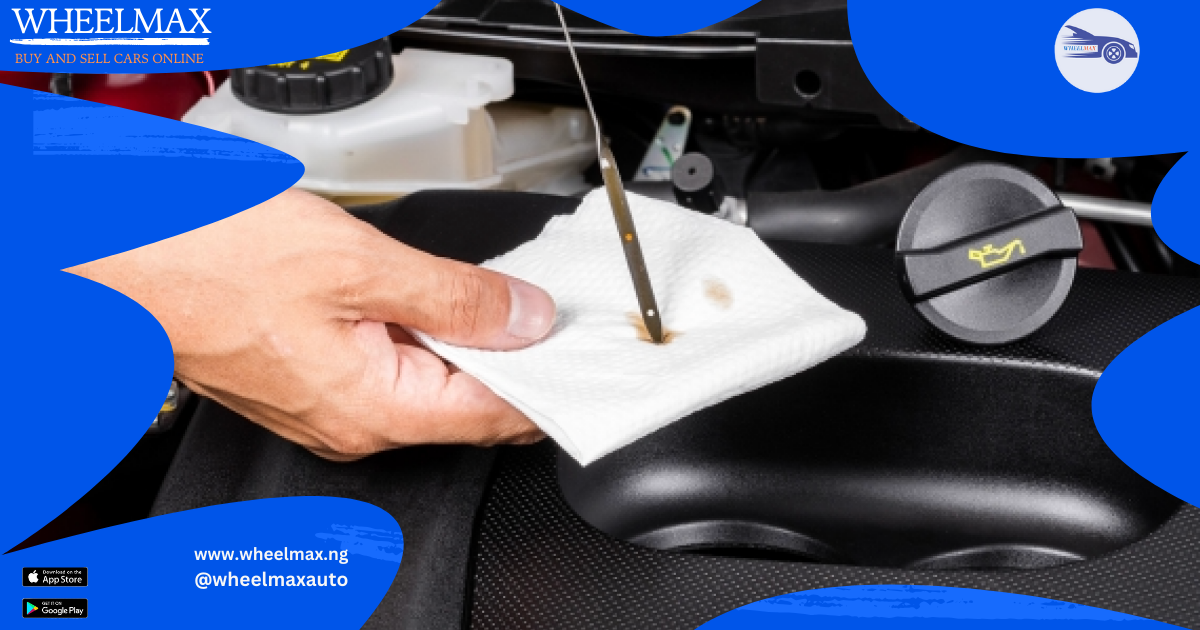
- Start the Engine: Let your car run for a few minutes to warm up.
- Leak Check: Look underneath the car for any leaks around the drain plug and oil filter. Ensure that the area around the drain plug and the oil filter is dry and no extra fluid is coming out.
- Re-check Oil Level: Once the engine is warmed up, turn it off and recheck the oil level with the dipstick. Top up with a small amount if necessary.
- NB: The first reading on your dipstick is usually always wrong, so check this more than once.
Used Oil Disposal: Don't pour it down the drain! It's harmful to the environment. Take your used oil and filter to a local mechanic workshop or designated used oil recycling center for proper disposal. Many workshops in Nigeria accept used oil for recycling.
Congratulations! You've just given your car a fresh start. By following these steps and consulting your owner's manual, you can become a self-sufficient driver, saving money and keeping your car running smoothly on Nigerian roads.
